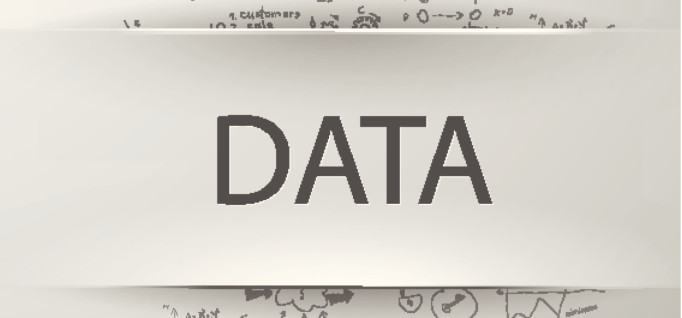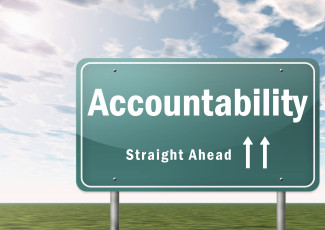Part 1: Leaders in Data-Informed Policies and Programs
By Sonya Stinson
October 15, 2015
Columbus State Community College recently earned Achieving the Dream’s 2015 Leader College distinction. Learn how it moved the needle on student success with data.
This is the first article in a two-part series on Achieving the Dream’s 2015 Leader Colleges. These colleges have used data to inform policy and practice to encourage student success at community colleges across the country. View the complete list of this year’s Leader Colleges.
When Achieving the Dream (ATD) chose Columbus State Community College (CSCC) as one of the 19 institutions to earn the 2015 Leader College distinction, the national community college reform network singled out CSCC for demonstrating how to use data-informed policies and programs to help students reach their goals.
The foundation for this data-driven student success strategy was built three years ago, when the college established its Office of Institutional Effectiveness.
“We started this office in the summer of 2012, at the request of our new president, because we wanted to do a better job of providing the college with data and being able to take a hard look at ourselves and our students and how we were doing,” says Jennifer Anderson, director of institutional effectiveness at CSCC.
The benefits of the college’s work to improve its collection and analysis of data — and how faculty and administrators can access the information — can be seen in the success of Early Alert, a program CSCC started when it first submitted its application to join ATD in spring 2012.
Early Alert was funded by a Title III grant and aligned with the ATD metrics for success, says Teddi Lewis-Hotopp, the director of academic success and the ATD point person at Columbus State. The program was piloted with a cohort of 200 students and was made available to all CSCC students in summer 2013. As of last spring, more than 98 percent of students were using Early Alert, Anderson says.
How Early Alert works
The system tracks data such as student attendance and grades in order to identify students who are in danger of failing and those who are excelling. It then uses a series of notifications to keep students aware of their progress.
“It allows faculty to interact with students to send them ‘Hey, I haven’t seen you for a little bit’ tags, and kudos if something has gone well for them,” Anderson says.
She adds that the program has also helped to improve student engagement and the connection between faculty and students, issues that frequently come up during student focus group discussions.
Anderson’s office has focused a lot of attention on assessing the impact of Early Alert on student course success. Using ATD metrics to define course success as achieving a grade of C or higher, CSCC steadily improved its rate from 53 percent in fall 2012 to 70 percent currently, Anderson says.
Tracking other data
Along with evaluating the effectiveness of various programs at CSCC, the Office of Institutional Effectiveness is also responsible for tracking enrollment trends, conducting surveys and providing official reports to state and federal authorities.
Getting the office up and running three years ago required completing what Anderson calls “back-end infrastructure work”: building an operational data storage system, working with a vendor for data warehousing and creating a Microsoft SharePoint site for delivering reports. A key goal was to create a self-service system that allowed stakeholders at the college to access more information on their own instead of always having to get it through Anderson’s office.
Today the data team works closely with the Student Success Council at CSCC, meeting regularly to review several student success metrics, including course completion, student persistence and transfers.
Going forward, CSCC administrators want to do more to integrate ideas from specific programs like Early Alert into a more comprehensive student success program, touching not just on course support but also on other issues like academic planning and pathways to completion.
“What we’re looking at now is a more holistic view of the student across their life cycle, from the time we first meet them until the time they graduate,” Anderson says. “What can we do to support them across the board, and how can we make sure those supports are intersectional and meet all of the students’ needs?”
Make sure to check the 21st Century Center tomorrow for the second part of this series.







